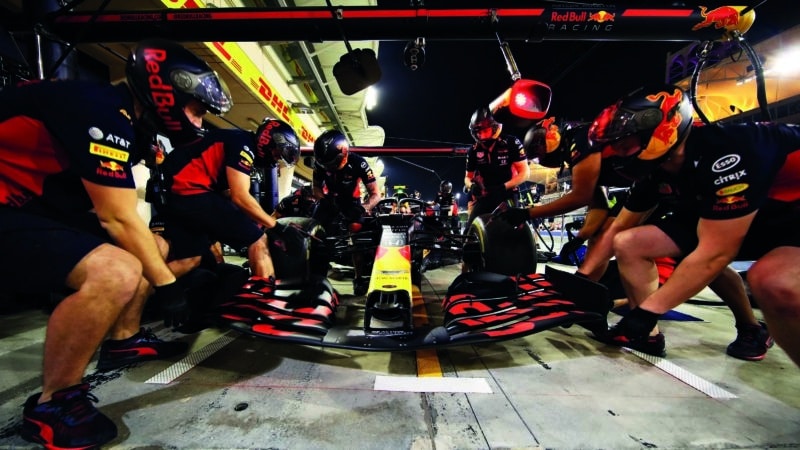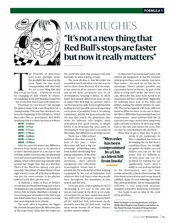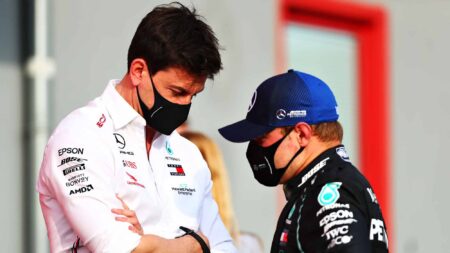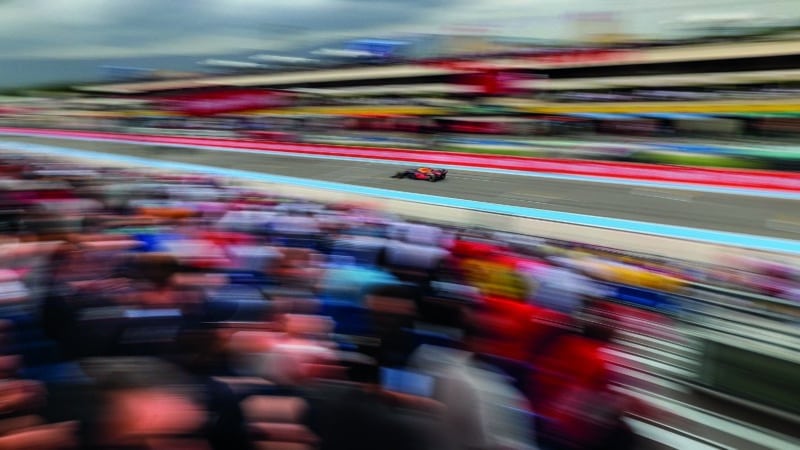And a few weeks prior to that, Mercedes had set a process in motion that might slow Red Bull further through the pit stop phase. In these situations, teams don’t go to the FIA and say “We want you to stop what X is doing.” They ask the question in a very different way.
“We enquired with the FIA on a safety mechanism which is related to a system that we were using and whether that could be optimised,” Wolff admitted on Friday in Austria. “That happened, I would say, three or four weeks ago and it was a technology question. Did that trigger anything else? Maybe, I don’t know, but this is the question we’ve asked.”
Almost certainly, that question from Mercedes came because it strongly suspected it knew what Red Bull was doing with regards to its pit stops, and felt it might not be allowed if flagged up. But instead of claiming Red Bull was doing it, Mercedes simply asked whether it could do it too.
What then happens is the FIA responds with its interpretation of the situation, and where it is a clear case of “No, you can’t do that”, then a technical directive might follow to inform the rest of the grid. Anyone who was doing that – or similar – is then compelled to make changes.
In this case, it’s a technical directive that mandates the inclusion of a tolerance for human reaction time during certain pit stop procedures, like when the wheel gun operator indicates their job is complete, or the window between all four wheels being fitted and the car dropped to the ground to the driver being given the green light to leave.
Christian Horner has been there before when Red Bull had the fastest car at the end of the V8 era, and knows it’s just another battle between title protagonists, only one that is happening off the track.
“The technical directive is certainly very wordy and you’d almost have to question whether it’s a change of regulation,” Horner said. “But I suppose we have been very competitive, we’ve got the world record on pit stops. We’ve had the majority of the fastest stops, and it’s not by accident.
“I find it a little disappointing because it’s the duty of the competitor to make sure that the car is safe. The penalty for a wheel not being fixed is that you have to stop the car immediately, so it’s a brutal punishment if you haven’t got all four wheels securely and safely fastened.
“So what the technical directive is trying to achieve, I’m not quite sure. I think there’s an awful lot of complexity to it. Of course when you are in a competitive situation, if you can’t be beaten, then the most obvious thing is for your competitors to try and slow you down. And that’s obviously what’s happening here.”
It might be a big talking point today, but behind the scenes there has been movement over a number of months relating to pit stops, which tallies with the fact that Red Bull’s fastest pit stop of the season came in the first round in Bahrain, where Verstappen was serviced in 1.93sec.
“I think it’s already slowed pit stops this year, after the earlier discussions and directives that have been on the pit stops and I think to have to hold the car for two-tenths of a second, you can almost argue it’s dangerous because you are judging the gaps and the guy releasing the car is having to make that judgement,” said Horner. “I think it’s not been well thought through.




